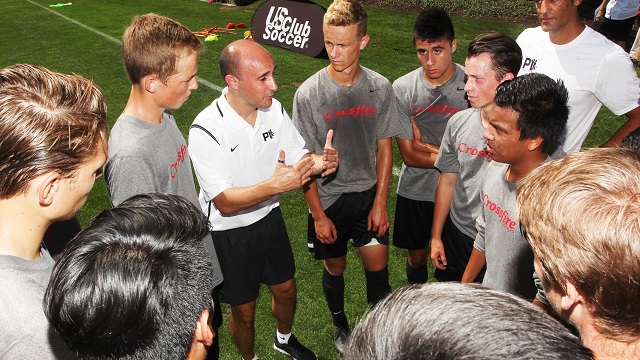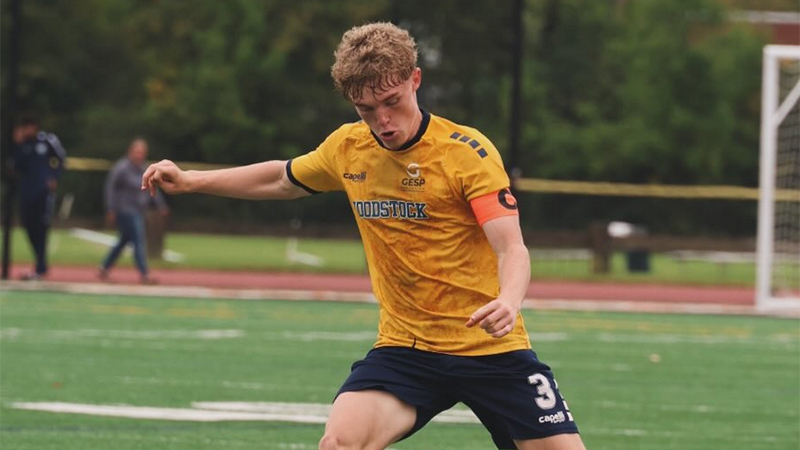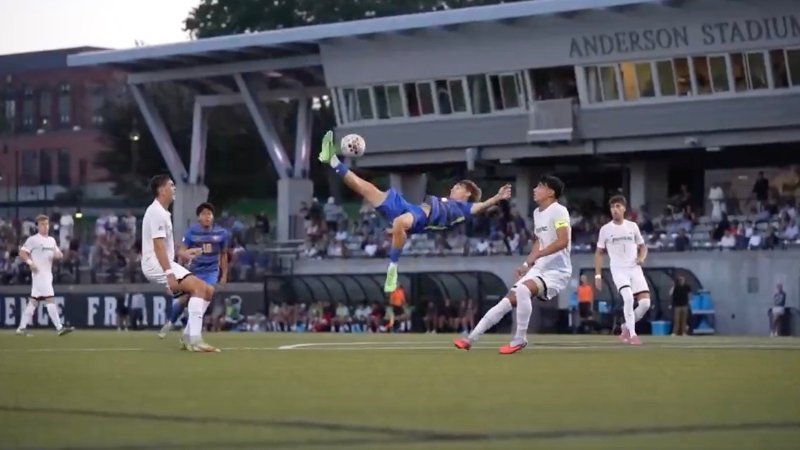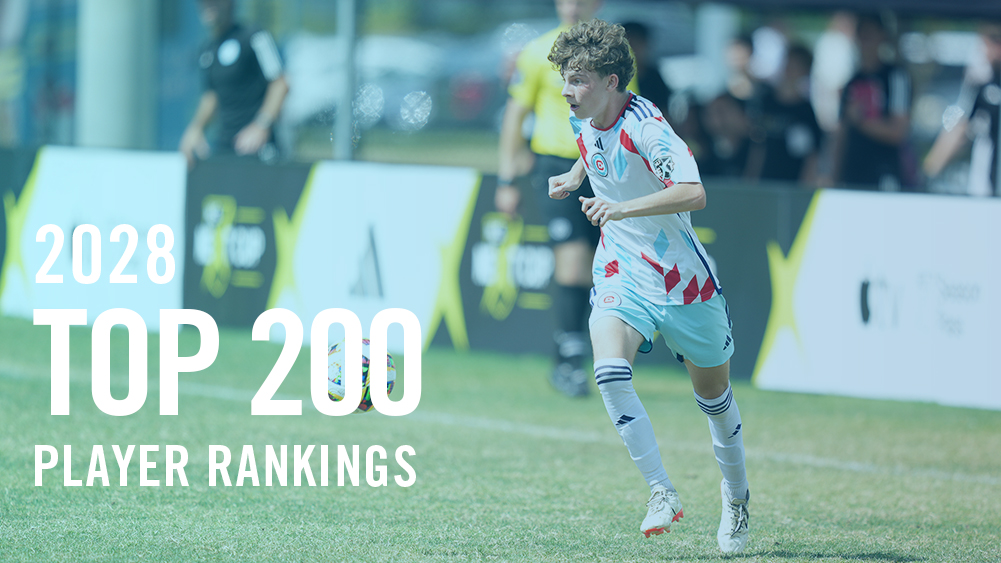US Club Soccer and an intriguing 2017

In the grand scheme of American development, 2017 is a hugely significant year.
On the girls side of the house, U.S. Soccer is firing up for the first time a Girls Development Academy in the fall. An answer to its boys version established a decade ago, the point of the Girls DA is to port the same rigid standards U.S. Soccer laid down on the boys side in an attempt to increase the general development landscape in elite girls soccer.
On the boys side, the Development Academy is finally getting a companion league. US Club Soccer is about to open its Elite National Premier League (ENPL) model this fall as a more localized answer to the more stringent Development Academy. While the DA is usually comprised of about 80 clubs and requires a relatively heavy travel load, the ENPL will open this fall with somewhere around 220 different clubs. Unlike previous US Club Soccer and US Youth Soccer leagues, the ENPL isn’t a cup competition. Like the DA, it’ll follow a league platform where clubs need to meet certain standards to be admitted.
Both of these events should provide something of a shock to the American development system this fall in different ways. And US Club Soccer is in the thick of it.
As far as the ENPL is concerned, US Club Soccer officials don’t see it as a direct competitor league for the DA. The ENPL will necessarily operate – at least for the time being as it lifts off the ground – as a sort of second rung on the development ladder just underneath the DA. The U.S. is so vast, and its soccer resources so generally untapped, that US Club Soccer saw an opening where the DA left gaps.
“I think anyone who thinks the DA has captured 100 percent of the best players in the country is kidding themselves,” said US Club Soccer CEO Kevin Payne. “I’m sure there are players outside the Development Academy environment who are potential candidates to be national team players, and this will simply, we hope, augment what the DA is doing and provide those players another really good, competitive platform in which to participate.”
For years, the national competitions underneath the DA were either segmented into a satellite of regionalized leagues largely set apart from one another under a single unified umbrella, or organized into open cup competitions. Both had their merits, but they did little to ape the DA’s more idealistic national approach. Cup competitions in particular created imbalanced games and didn’t allow for maximum competitiveness in as many matches as possible.
The idea behind the ENPL is to up that competitiveness across the board when it launches. It’ll have training requirements of its clubs that perhaps don’t reach as far as the DA but that ask more than most any other league. And yes, it will allow players to play both high school and ENPL.
“The previous cup competitions that existed, and our own cup competition, those are open competitions,” Payne said. “So you have the best clubs in the country competing against clubs that don’t have anywhere near the same level of ambition or resources. And that doesn’t make a lot of sense. The idea is that this is based on regular league play with the standards that closely mirror those of the DA so that we’re ensuring that the everyday environment for players involved in this platform is an improved one.”
If there’s measured excitement about the DA getting a serious developmental supplement on the boys side, there’s far more uncertainty about what U.S. Soccer adding a competitor to the US Club Soccer-sanctioned ECNL means for the girls.
The ECNL has existed in the girls development marketplace since 2009, and unlike the ENPL, U.S. Soccer’s Girls DA will essentially go after largely the same clubs that currently play in the ECNL. The work-around is that clubs are already setting up dual pathways, where it has clubs in both the ECNL and the Girls DA. But it does create a choice, since the Girls DA doesn’t allow concurrent participation in any outside leagues.
But any thought that the two are collaborating – as US Club Soccer has done with the ENPL and the DA on the boys side – is on hold for now.
“I think the federation has every right to do a Girls DA,” Payne said. “I understand there’s a lot of reasons why they felt like they needed to go in that direction. I think it could’ve been handled better. I think it could still be handled better with ECNL. It’s a shame the two organizations have not sat down together and said, ‘How do we work together to provide the best possible environment for player development?’ I am an optimist on these things. I still hope there will be a conversation at this point to try to address those questions. It may take a while for that to happen.”
Either way, this year is a big one for development. This fall should be an interesting time indeed.
Headlines
- Recruiting Roundup: December 22-January 4
- Vote for Men's College Soccer Best Goal
- 2026 Women's Division I Transfer Tracker
- Vote for Women's College Soccer Best Goal
- 2025 TDS Men's College Goal of the Year
- Club Soccer Player Rankings: Boys 2028
-
Top Uncommitted 2026 Boys Players

- TDS Fall High School Boys Best XI
- TopDrawerSoccer TeamRank Update - Boys
- TDS Fall High School Girls Best XI



